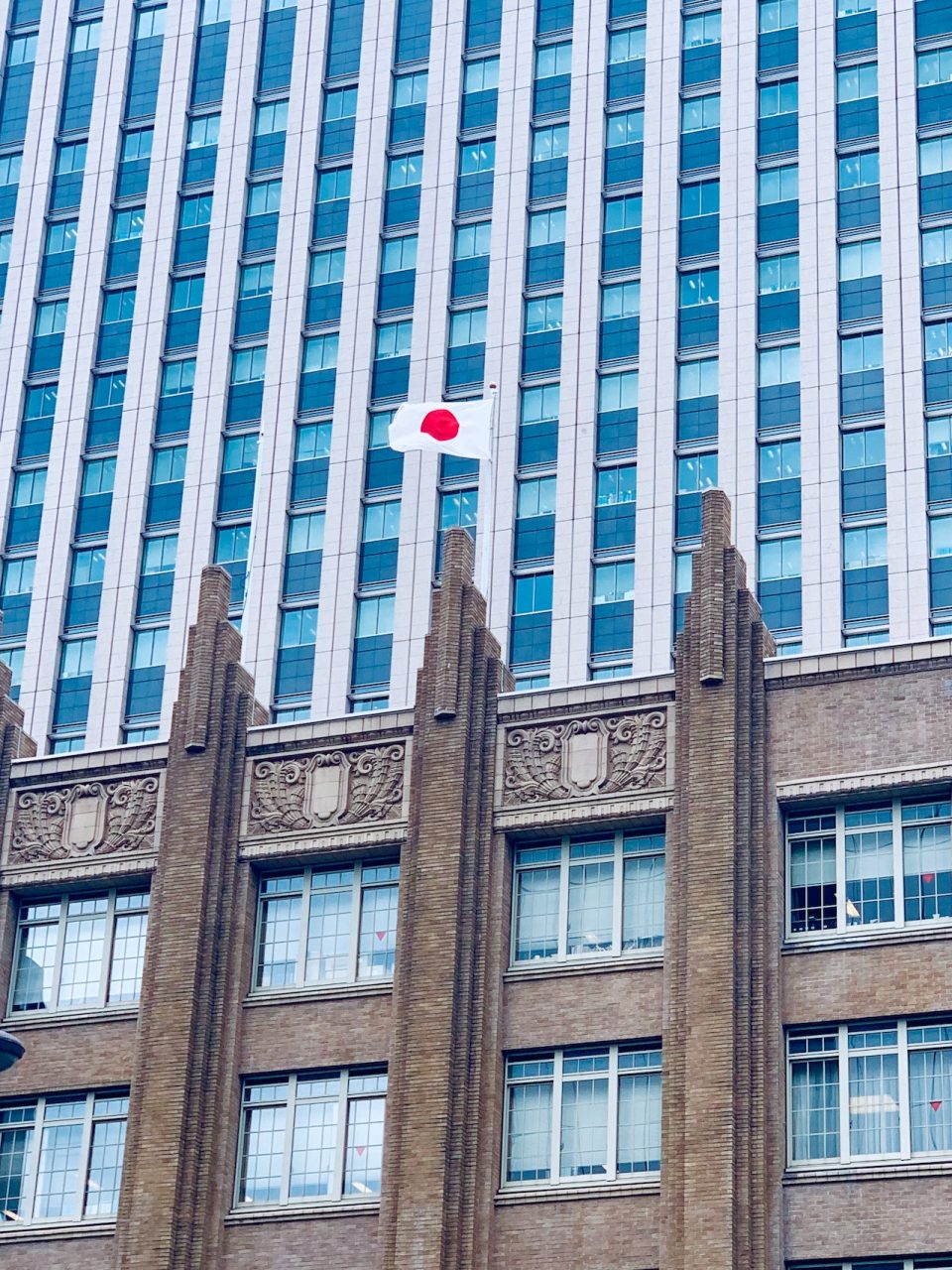The pioneering experiment of Japan with negative interest rates is poised to draw to a close in the early months of 2024, according to a comprehensive Bloomberg Markets Live Pulse survey. This anticipated shift by the Bank of Japan (BOJ) is anticipated to have far-reaching implications for the international financial landscape, with US Treasuries expected to bear the brunt of the impact.
Of the 315 respondents, a majority expressed the belief that the BOJ is poised to unwind its unconventional sub-zero interest rate policy, bringing an end to its bold monetary experiment. This move is in stark contrast to the approach of other major central banks, which have been aggressively tightening policies in response to rising inflationary pressures.
The global financial landscape is poised for seismic shifts as Japan prepares to exit its era of negative interest rates. Anticipation surrounds the Bank of Japan’s forthcoming decision, with the most significant impact projected to be felt in the domain of US Treasuries. This is primarily due to the potential surge in yields in Japan, which would incentivize Japanese investors, holding substantial portfolios of US, European, and Australian debt, to repatriate their funds.
Martin Whetton, Head of Financial Markets Strategy at Westpac Banking Corp. in Sydney, noted, “A shift in the BOJ’s policy could slow the export of capital from Japan as yields become more attractive locally than they were before.”
A notable 37% of participants in the survey indicated that Treasuries are likely to experience the most severe impact should Governor Kazuo Ueda transition away from the super-accommodative policy. In addition to this, 36% anticipate challenges for the US dollar, in which US debt is denominated.
Market watchers, including portfolio managers and central banks around the world, are closely monitoring any potential move by the BOJ, which has made negative rates and yield curve control the linchpin of its strategy to combat deflationary pressures. The global financial landscape was shaken by the BOJ’s decision to raise the cap on benchmark 10-year bond yields in late 2022 and again in July, leading to an uptick in bond yields.
Eugene Leow, Senior Rates Strategist at DBS Bank Ltd., opined, “Some form of normalization is probably necessary… This could mean upward pressure on five- to 10-year developed-market yields as higher Japanese government bond yields spill over.”
Japanese investors hold the distinction of being the largest foreign holders of US government bonds, with a portfolio exceeding $1.1 trillion as of August, as per data from the US Treasury Department. In the April-September period alone, life insurers divested a net ¥196 billion ($1.3 billion) of foreign bonds, following a record ¥8 trillion in sales in the previous six months, according to Ministry of Finance data.
The MLIV Pulse survey underscores that 61% of respondents anticipate an uptick in global bond market volatility in the wake of the BOJ policy shift, with a majority predicting this historic transition to transpire in the coming year.
Market strategist Ayako Sera at Sumitomo Mitsui Trust Bank Ltd. emphasized, “The market will probably be very jittery until traders and investors will get used to a world with positive yields… It’s like a big stone being thrown into a pond where there has been no wind.”
Treasuries, traditionally a bastion of stability in many investment portfolios, have already demonstrated greater volatility than equities by some measures. The combination of the Federal Reserve’s forceful policy tightening and the surge in bond sales by the US government has resulted in unprecedented losses, particularly for long-duration debt.
The survey also probed participants on their projections for when benchmark Japanese 10-year sovereign yields would reach the 1% threshold tolerated by the BOJ. A significant 43% believe this level will be attained in the first half of 2024, while 16% anticipate a later timeframe.
Since late July, Japan’s 10-year yields have nearly doubled following the BOJ’s cap increase. However, at 0.835%, they still lag far behind their US counterparts, which stand at 4.91%.
This widening yield gap has positioned the yen as the poorest performer among Group of 10 currencies this year. The Japanese currency has experienced a depreciation of over 12% against the US dollar, concluding last week at 149.86 per dollar.
A substantial majority of survey respondents, 62%, envision the dollar-yen exchange rate concluding the year within a range of 140 to 150.
Source: Bloomberg

